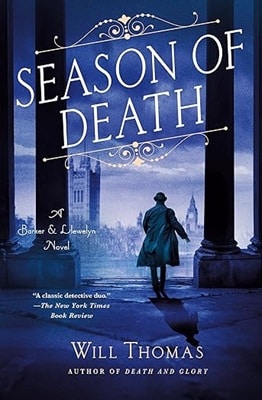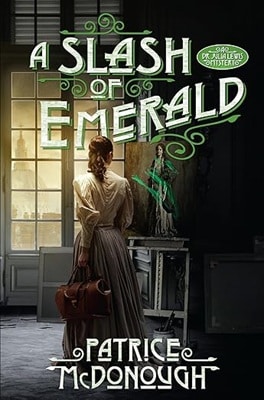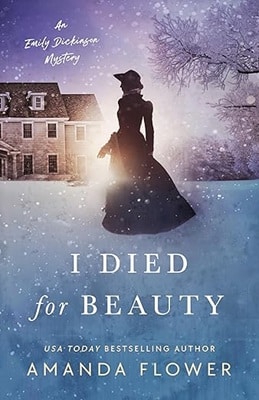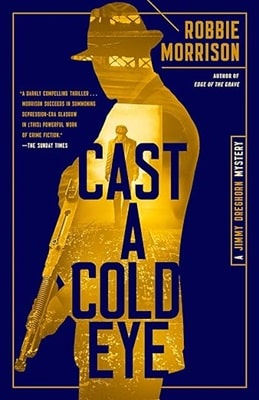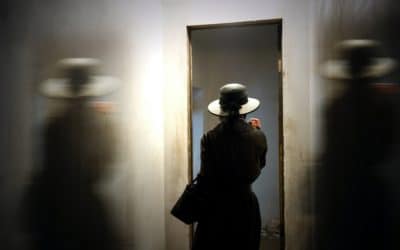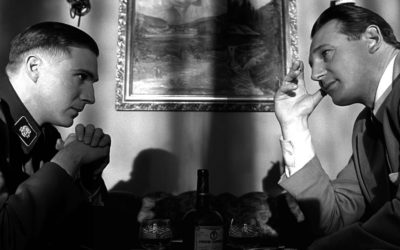Book Review
Hester
Scotland, 17th century: Isobel Gowdie is four years old when her mother teaches her how to make letters with a needle. The letters are supposed to be black, but Isobel sees colors associated, and stitches them according to her vision.
When her mother smacks her knuckles, Isobel sees fear in her eyes; fear because her mother doesn’t want people to call Isobel crazy. A witch. And here, witches are hanged or burned.
One-hundred-forty-years later, Isobel Gamble, ancestress of Isobel Gowdie, is conscripted to tambour shop by her mother, a place without colors. But Isobel dreams to be a patternmaker. She is taught to fear anything that hints at witchcraft. When she meets a man that promises her a sewing room of her own, she accepts his proposal. But that is just a promise. His poor decisions lead to the poorhouse, and later see them bound for America.
As they arrive in the New World, Isobel quickly recognizes some opportunities, awakening her dream of embroidery again. But with each day in Salem, she’s daunted by Salem’s established thinking and expectations.
Yet her path crosses with that of Nathaniel Hawthorne, and they feel an attraction from the first encounter.
Isobel is a captivating character. She lives in a time when she is supposed to depend on a man, but she sees the New World as her opportunity. She learns to be shrewd. Boldness comes easily to her, but she needs to watch for her temper.
This mesmerizing tale is shrouded in mystery, with central theme of guarding one’s extraordinary ability at the time seen as witchcraft. The story explores a spellbinding subject of synesthesia, a unique sensory phenomenon of colors associated with letters. And Nathaniel Hawthorne is haunted by his ancestor’s past, who was a magistrate in the Salem witch trials of 1692, when he meets a young woman, who is an unusually gifted needleworker. It’s a fascinating thread woven into this story. Nathaniel Hawthorne craves solitude to commit himself to becoming a writer after his college years, but evidence also shows that he was more of a rulebreaker during his college years. Did the transition happen so suddenly or there was more to it?
More Historical Suspense
Historical Suspense Articles
Historical Psychological Thrillers
How historical psychological thrillers stack up against psychological thrillers
Is it Historical Fiction?
How long ago does history start?
Offbeat World War Two Thrillers
Nine World War Two thrillers that don’t follow the usual storylines


